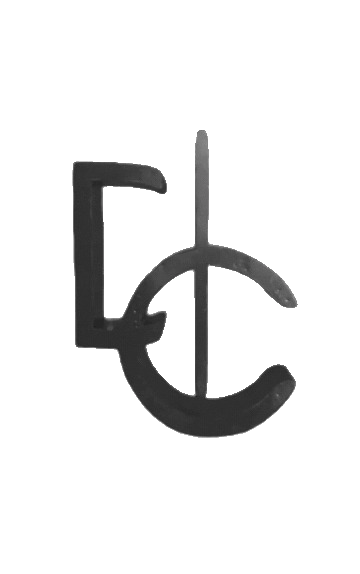Exercise breakdown, Week 3: PAILS/RAILS
PAILS (Progressive Angular Isometric Loading) and RAILS (Regressive Angular Isometric Loading) are training methods used primarily in the field of strength and mobility training, often associated with the Functional Range Conditioning (FRC) system. These methods are designed to improve joint strength, stability, and mobility. Here's a more detailed explanation of PAILS and RAILS:
-
PAILS (Progressive Angular Isometric Loading):
Purpose: PAILS is a technique used to strengthen a specific range of motion (ROM) around a joint. It focuses on enhancing the strength and control of muscles in a particular joint angle.
How it works:
Begin by moving a joint into a specific position. For example, if you're working on hip mobility, you might move your hip joint into a deep squat position.
Once in that position, you gradually increase the effort of the muscles involved. In other words, you're attempting to push or pull against an immovable object in that position, even though there's no movement happening (hence, "isometric").
The key is to progressively increase the effort over time, as if you were trying to move into a deeper position, but you're prevented from doing so by an external force.
PAILS helps to strengthen the muscles in the specific ROM you're targeting.
-
RAILS (Regressive Angular Isometric Loading):
Purpose: RAILS is essentially the opposite of PAILS. It focuses on strengthening the muscles and tissues that control the joint in the opposite direction or in a more shortened position.
How it works:
After performing PAILS and engaging the muscles at the end of a specific range, you then attempt to move into a deeper ROM, but an external force prevents you from doing so.
This is done at a lower intensity than PAILS and aims to strengthen the muscles and tissues in the opposite direction, improving control and stability.
Here are 2 examples:
- You are going to start in a half kneeling position. Tuck your pelvic and hold that static position for 2 minutes.
- After those 2 minutes, you are going to try and pull the ground together, so front foot is pulling in, and back knee is pulling forward, hold this for 10 sec. This is your PAILs effort.
- Now for your RAILs effort, you are going to try and rip the ground apart. So front foot is pushing forward, back knee is pushing backwards. Hold this for 10 sec.
Do these PAILs / RAILs 3x in total, so your set will look like this
- 2 minutes passive stretch
- 10 sec PAILS
- 10 sec RAILS
- 10 sec PAILS
- 10 sec RAILS
- 10 sec PAILS
- 10 sec RAILS
- Start in a standing position with 1 leg placed elevated. Start on a bench and progress session after session. From that position, we start the drill
- PAILs effort, push with foot into the bench for 10 sec
- RAIls effort, pull foot off the bench for 10 sec
Repeat 3x
- 10 sec PAILS
- 10 sec RAILS
- 10 sec PAILS
- 10 sec RAILS
- 10 sec PAILS
- 10 sec RAILS
